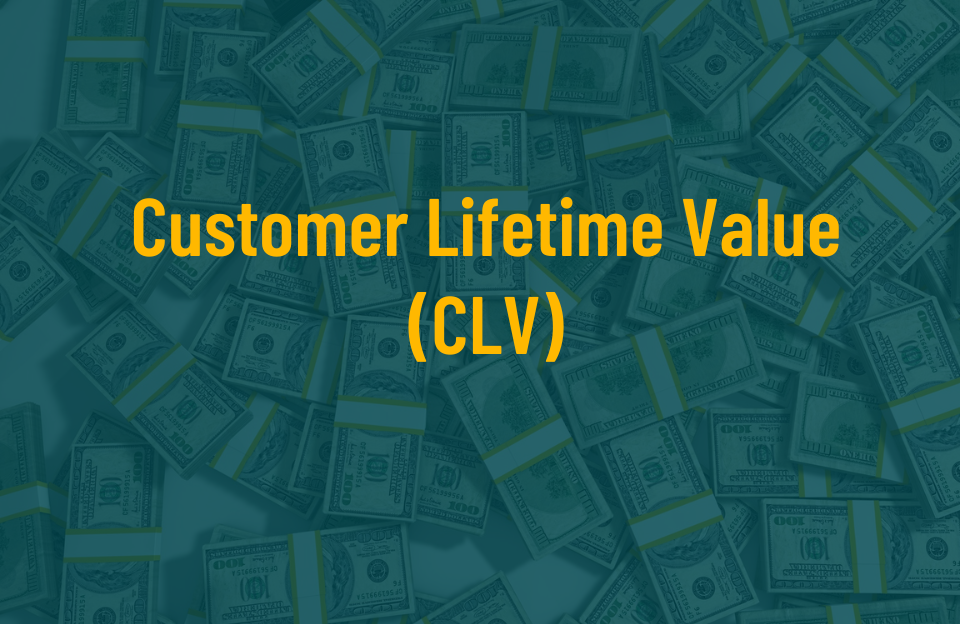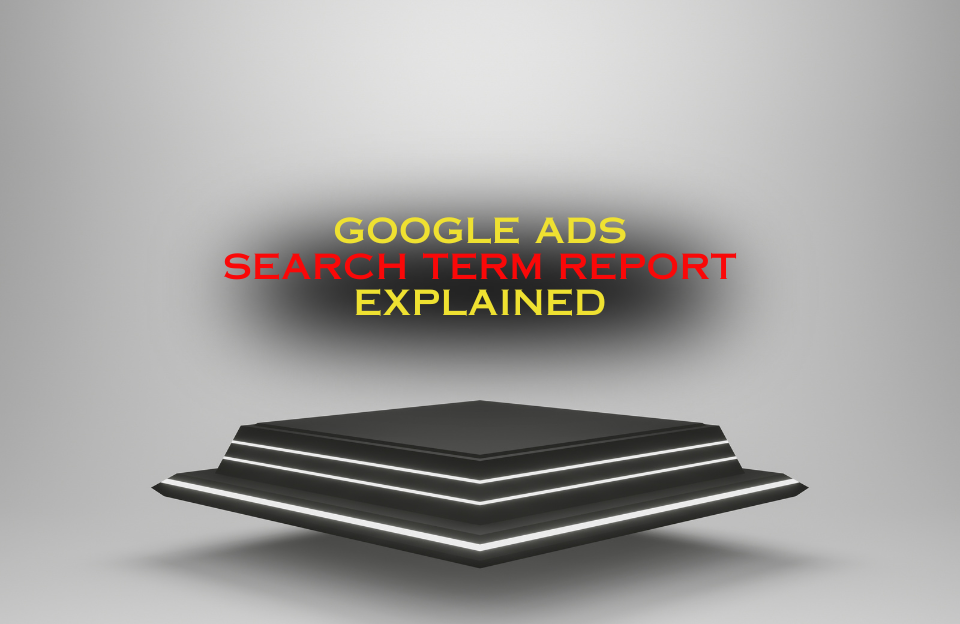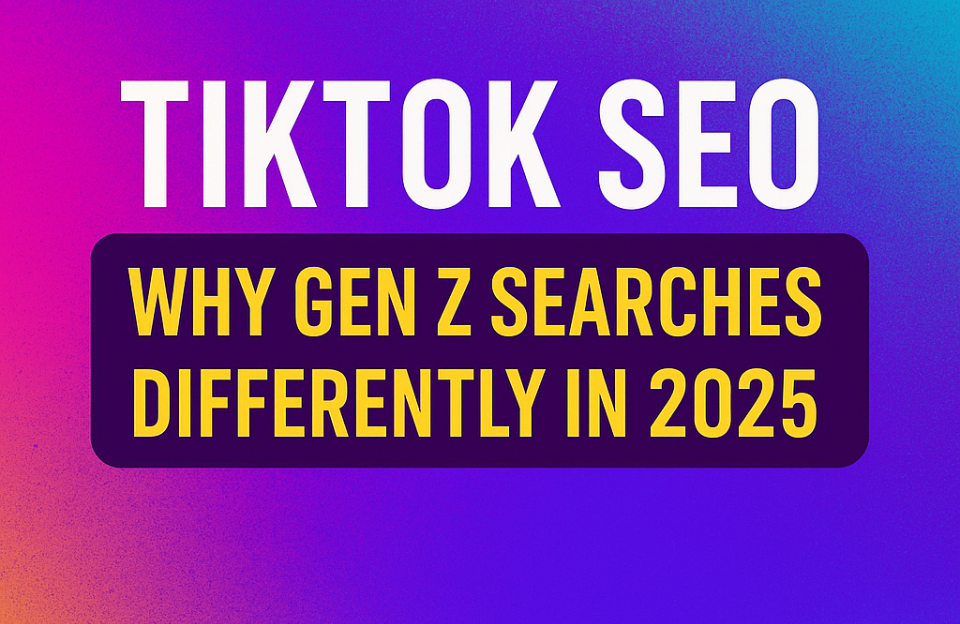What Is Customer Lifetime Value?
Customer Lifetime Value (CLV) is the total amount of revenue a business can expect to earn from a single customer throughout their relationship with the brand. Rather than looking at just the value of a one-time sale, CLV takes into account repeat purchases, loyalty, and the long-term profitability of retaining customers.
Understanding CLV helps businesses shift from short-term gains to long-term strategy. It empowers marketers, sales teams, and product developers to prioritize value over volume.
Why CLV Is Important
- Marketing efficiency: Knowing how much a customer is worth helps set realistic Customer Acquisition Cost (CAC) thresholds.
- Budgeting: Allocate more budget to high-value segments or channels with strong CLV returns.
- Retention planning: Focus on retaining the most valuable customers rather than acquiring more low-value ones.
- Product development: Use customer insights to improve features or services that lead to greater retention and spending.
Basic CLV Formula
The most straightforward formula for calculating CLV is:
CLV = Average Order Value × Purchase Frequency × Customer LifespanExample: If your customers spend an average of €50, order 4 times per year, and stay with your brand for 3 years, then:
CLV = €50 × 4 × 3 = €600This means that an average customer contributes €600 in total revenue.
Advanced CLV Formulas: Two Approaches
When you want a more accurate view of profitability, there are two ways to enhance your CLV calculation depending on the business model:
1. For One-Time or Low-Frequency Purchases (e.g., B2B or Retail)
Use this simplified formula to include gross margin and a discount rate:
CLV = (Average Order Value × Purchase Frequency × Customer Lifespan × Gross Margin) ÷ (1 + Discount Rate)This offers a rough estimate of present value by applying a one-time discount factor. It’s best used when purchases are infrequent or concentrated in one period.
2. For Recurring Revenue Models (e.g., SaaS or Subscriptions)
Use the Present Value of an Annuity formula, which accurately discounts a stream of profits over time:
CLV = Profit per period × [(1 - (1 + r)^-n) / r]Where:
Profit per period = revenue × gross margin
r = monthly discount rate (e.g. 0.008 for 0.8%)
n = number of periods (e.g. 36 months)
Advanced CLV Example: SaaS Subscription
Let’s take a more detailed look at how advanced CLV is calculated using profit margins and a discount rate.
Scenario:
A SaaS company sells a subscription at €100 per month. The average customer stays for 3 years (36 months). The gross margin is 80%, and the business applies a 10% annual discount rate (≈0.8% monthly) to account for the time value of money.
Data:
- Monthly revenue per customer: €100
- Gross margin: 80% → €80 profit per month
- Customer lifespan: 36 months
- Monthly discount rate: 0.8%
Formula:
CLV = €80 × [(1 - (1 + 0.008)^-36) / 0.008]This is the Present Value (PV) of an annuity formula, commonly used to discount recurring revenue streams.
Result:
CLV ≈ €80 × 31.36 = €2,508.80
Interpretation:
Each customer contributes approximately €2,508.80 in gross profit (adjusted for time) over their lifetime. This figure helps guide marketing budgets, such as setting a maximum Customer Acquisition Cost (CAC) of €800 to maintain profitability.
Real-World Example: Apple
Apple is one of the most iconic brands in the world—and a textbook example of how to successfully use Net Promoter Score (NPS) and CLV as strategic tools.
1. CLV Embedded in the Retail Ecosystem
Apple stores use follow-up surveys post-visit, including NPS-style questions. Managers receive real-time alerts when customers leave poor feedback, and staff often follow up within 24 hours. This helps improve retention and loyalty—two pillars of CLV.
2. Service Recovery and Loyalty Tactics
Apple treats negative feedback seriously. A system called “detractor rescue” enables quick personal responses to customer issues—turning bad experiences into recovery moments that retain customers.
3. Employee Incentives Linked to CLV
Employee performance reviews are tied to NPS and satisfaction metrics. This builds a customer-centric culture that supports long-term value creation.
4. Product Development Informed by CLV Data
AirPods Pro and iOS updates were partially shaped by aggregated customer feedback, proving that CLV is not only about revenue—but about insight.
CLV by Channel: Email, Ads, Affiliate
Not every marketing channel produces equally valuable customers. Here’s how CLV typically varies:
- Email Marketing: Warm audiences, high CLV, low CAC. Ideal for upsells and loyalty.
- Paid Ads: Varies by campaign. Branded search often yields high CLV; broad interest campaigns lower CLV but scalable.
- Affiliate: Often lower CLV due to deal hunters—unless influencers or niche blogs are used.
Tip: Compare CLV across channels and optimize for quality, not just clicks or conversions.
CLV vs CAC: What’s the Right Ratio?
One of the most important benchmarks is your CLV:CAC ratio. A healthy business often aims for a 3:1 ratio—meaning the value of a customer is 3× the cost to acquire them. If your CAC is €150 and CLV is €450+, you’re in a strong position.
How to Increase CLV
Here are proven strategies:
- Onboarding Optimization: Make sure customers quickly understand and experience your value proposition.
- Cross-sells and Upsells: Recommend relevant products after purchase to increase Average Order Value.
- Loyalty Programs: Offer points, VIP benefits, or exclusive deals to keep customers returning.
- Excellent Support: Faster and better support builds trust and long-term satisfaction.
- Personalization: Tailor offers, content, and communication to behavior and lifecycle stage.
Real-World Example: HelloFresh
HelloFresh uses predictive CLV modeling to guide everything from acquisition to retention. Early engagement—such as skipped boxes or added recipes—predicts long-term value. Based on this, they offer personalized incentives, reminders, and even adjust communication frequency.
They’ve also found that podcast ads lead to higher CLV than generic display ads—shifting budget toward high-quality acquisition sources.
How to Calculate CLV with Tools
You can use platforms like:
- Google Analytics 4: Lifetime value and cohort analysis
- CRM (e.g., HubSpot): Tracks multi-touch revenue attribution
- BI Tools (e.g., Power BI): Custom dashboards for revenue segmentation
Step-by-Step Guide for SMBs
Step 1: Export Customer Data
Use your store (e.g., Shopify or WooCommerce) to pull customer, order value, and order frequency.
Step 2: Segment Your Base
Separate new, repeat, loyal, and churned customers to see where your most valuable users reside.
Step 3: Calculate CLV per Segment
Use Excel or Google Sheets to multiply: Avg Order Value × Frequency × Lifespan per segment.
Step 4: Link Back to Channels
Use UTM tracking or CRM to see where high-CLV users come from (Google Ads, organic, referral, etc.).
Step 5: Act on the Data
Double down on profitable segments and reduce spend on low-value users. Adjust targeting accordingly.
Step 6: Monitor Regularly
Build a simple dashboard to track CLV monthly or quarterly across campaigns, products, and personas.
Conclusion
Customer Lifetime Value is not just a number—it’s a strategic compass. Brands that understand and optimize for CLV don’t just sell more; they build lasting relationships, lower acquisition costs, and unlock sustainable growth.
Whether you’re in SaaS, e-commerce, or services, make CLV a central KPI in your decision-making. Measure it, improve it, and use it to build a business customers want to stick with—for life.




